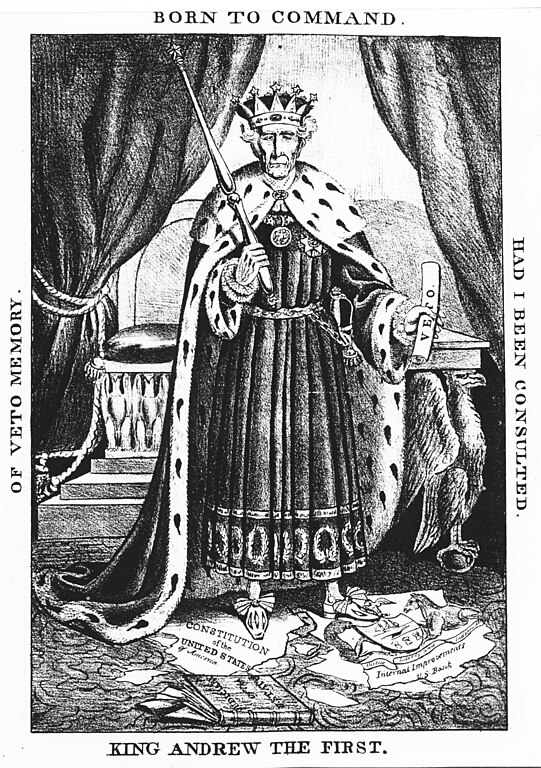Hmm, looks like Britain is going to be a bit more unstable than OTL then.
Indeed - a sizeable part of my intent with this is to sort of deconstruct the whole "the moderate hero will save the day" mentality. Here we've got the Moderate Hero of Moderate Heroes as far as the period goes, making a Reform Act that pleases all sides to some extent (there might be a few Ultras who would disagree with it and a few Whigs who'd argue it doesn't go far enough, but nothing like the controversy of OTL) and makes it seem like a great political triumph - though we're entering a period when politics extends far outside the walls of Westminster Palace, and the common people are certainly going to react to this whole affair…
IIRC in those days it tended to be a more continental European ballot system, and on top of that there were no formal nomination rules or secret ballots - you just had to print/handcopy (IIRC some, perhaps all, states forbade printing) your slates and hand them out to people to vote. If there wasn't an organised presence for a candidate in a town, people simply couldn't/wouldn't vote for them.
Indeed - before the Era of Good Feelings, nominations for President were conducted somewhat centrally by the Democratic-Republicans by means of a caucus vote in Congress - this is how Jefferson, Madison and Monroe all won the nomination. In 1824 the caucus nominated William Crawford, who'd been promised the nomination in a future election after being narrowly defeated by Monroe in the 1816 selection - this was after significant groups within the party had boycotted the vote calling it a fraud and a stitch-up, and went off to nominate Adams, Jackson or Clay as the case might be. There then followed a chaotic period where nominations weren't conducted above state level at all, which ended with the rise of national conventions that was complete by the 1840 election.



